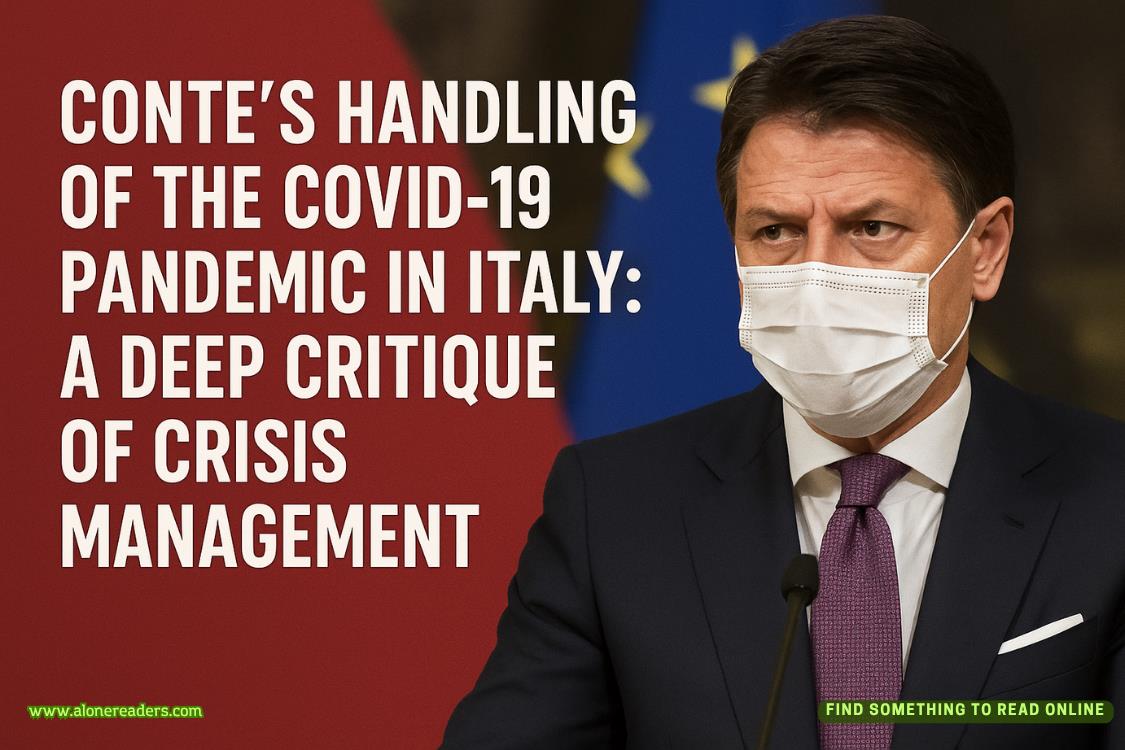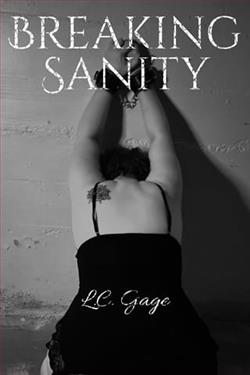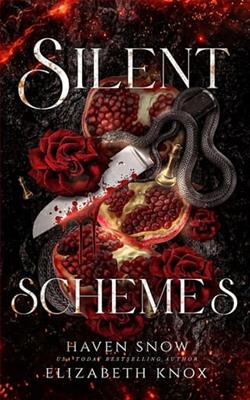Page 87 of A Conspiracy in Belgravia
Actually, that wasn’t quite true. Miss Holmes had told her of the Marbletons taking refuge at 18 Upper Baker Street—and of Mr. Finch’s confirmed connection to Moriarty. There was danger in the air—and she’d simply stopped thinking about it.
Mrs. Burns answered the bell herself. “Mrs. Watson? What are you doing here?”
Mrs. Watson smiled ruefully. “If you’ll offer me a cup of your excellent coffee, I’ll tell you all about it.”
Mrs. Burns listened to the story with an increasingly incredulous expression, but she did not interrupt once.
“So that’s that. Theoretically, this case involves only father and daughter. But I believe you should know.”
Mrs. Burns remained silent for some more time. “I did think Mrs. Morris was a bit of an idiot, but she didn’t deserve this.”
“No, she didn’t.”
“And Dr. Swanson, I never would have guessed that he had this kind of ruthlessness to him. How disturbing.”
“I’m glad you don’t see it as romantic.”
“Good gracious, no. It’s selfish, pure and simple.”
“What will you do, then?”
“I believe I’ll look for a new place.”
“I’m sorry. I know that isn’t what you wanted.”
Mrs. Burns smiled. “Don’t worry about me, Mrs. Watson. I know how to look after myself.” She saw Mrs. Watson to the door. “Thank you. I’m most grateful.”
“And I’m happy to have been of service,” said Mrs. Watson, pulling on her gloves. “By the way, the friend you mentioned earlier, did he ever go into theater?”
“Who? Oh, young Greville? No, his sister married a rich lordship and that was the end of his hope for a Bohemian life.”
The only way to be sure that the newspaper notices Charlotte had singled out were giving keywords to Moriarty’s ciphers was to verify them. Now that Lord Bancroft had passed on the precise date the Vigenère cipher had been sent over the telegraph lines, she was at last able to perform the test.
But first, she must find the newspaper notice from that particular point in time. She searched on and before the date she had been given. Because that was a decade in the past, another round deciphering all the coded messages among the advertisements was required. She finally found one that, when decoded, readC 2 5 7. A similar message from a fortnight earlier, when rendered into plaintext, saidH 146 6 4.
She stared at the letters and numbers for a minute. Then she went to the proofreaders’ room and asked whether they had a copyof Shakespeare’s works on hand. As it turned out, there were two on the shelves, a modern edition and one like Livia’s, a facsimile of the first folio.
She looked in the facsimile. Comedies, page 2, line 5, the 7th word.Earth.That was not the keyword for the Vigenère cipher she’d solved. She tried the earlier message. Histories, page 146, line 6, the 4th word.Wizard.No, not that either.
Was she completely wrong?
Her theory was that almost all communications from Moriarty to his minions—and among the minions themselves—were in code. Such a practice had its advantages but also its share of drawbacks. The same cipher, used too often, became easy for others to catch on to. And when there were defectors, they could give away the secret wholesale.
The solution, then, was to choose a highly sophisticated cipher, and then frequently change the keyword by which the plaintext would be encoded. Which presented problems of its own: Namely, how to broadcast the new keyword in such a way that everyone in the organization learned of it at roughly the same time.
The newspaper took care of the dissemination. But those on the receiving end of the notices still needed a common reference, something that wouldn’t be too difficult for them to find.The Holy Bible. Encyclopedia Britannica. Mr. William Shakespeare’s Comedies, Histories, & Tragedies, otherwise known as the First Folio.
Should a defection happen, those in charge simply changed the book of reference. The defectors could still catch the notices in the paper, but they would be quite at sea as to what the new keywords were.
A complete system. A workable system. And if she were Moriarty, viewing it through the twin lens of paranoia and self-admiration, a near-perfect system.
Then why was this not that system?
She smacked herself on the forehead, attracting a bewildered and somewhat disapproving look from the nearest proofreader.Of course, even the most meticulously designed system was prone to human error. What if there had been a mistake on the part of the minion who was supposed to post the clue in the papers? What if some misfortune or inattention had caused a delay in the posting of the linchpin to the ciphers?
She returned to the archive and searched the copies of theTimespublished subsequent to the sending of the Vigenère cipher diagram. A notice dated two days later deciphered to readT 44 7 9.
Page 44 of the tragedies brought her toTitus Andronicus. She moved her index finger down to line 7. The ninth and final word on the line was...truth.















